
OUT OF CEBU
By Erlinda Kintanar-Alburo
Published in her column Promdi-wise, Sugbo News)
Out of Cebu: Essays and Personal Prose is the newest book of Cecilia “Baby” Manguerra-Brainard, published by the newest press in town, the USC Press. The author, who lives in California, shows how much Cebu is a part of her and her writing. Her saying that “you can take a Filipina out of the Philippines, but you can’t take the Philippines out of a Filipina” may be rephrased “Cebuana out of Cebu” and “Cebu out of a Cebuana.”
The Cebuano reader may have read enough about Magellan in Cebu. But isn’t there always something new to say about any topic? Just as there’s always something “new in old Cebu,” as our tourism ad says. The intriguing thing in an essay in this book about Magellan’s death is the idea that “the native chiefs had conspired to get rid of the European invaders” after all. Humabon emerges, with Enrique’s help, as the hero who bided his time and let the Spanish conquistador “hang himself by his own petard.” We are here invited to look at Magellan’s death not as a result of petty tribal warfare but of a concerted effort by the natives who did not want to be his vassals. There’s also a mini-psychological study of the interpreter Enrique (who is called Makiyong in a local narrative).
For someone who has never been out of Cebu, the book gives a chance to see and taste places. What’s in those places for a Cebuano? A visit, even if second-hand, to Rome and Jerusalem would stir the devout Catholic. A colonial city of Mexico, of course, gives a double reason for fascination: the similarity of its churches and festivals to ours, and the thought that our country was once ruled from there. Walking around San Miguel de Allende shows us what Cebu (maybe Parian) would be like as a future World Heritage Site. Mea culpa, I haven’t even been to the Jesuit House that’s now converted into a museum, a mortal sin for a Cebuano.
Sagada in the Mountain Province I often thought I would visit myself after the hype about it. My excuse for not going is a weak knee, and the book has reinforced that excuse. Not a country for old women!

Aside from travel tips, I learned other things, too, like the fact that Batangas between 1886 and 1888 was “the sole world supplier of coffee.” I remember vaguely that Lipa was named a Villa by the Spanish queen but wasn’t clear about the reason. This was probably it. Another interesting thing for a feminist like me is that Baby’s grandmother, Remedios Cuenco, became the first woman publisher of the country.
It was fun to read about how Baby “conquered” her husband Lauren with leche flan, and her promise to give coffee flavor to her next one is something I can promise too. There’s more fun and more local color in the nostalgic pieces about growing up. Even if the setting is urban Cebu, this was a Cebu without the condominiums and motorcycle scares. There were agta in the mango trees who are now already rare even in the countryside.

For all of the above, the book is a good read. On top of that, we get “straight from the horse’s mouth” how it was to grow up with, or with the awareness of being, a girl of the Cuenco family. Here is an awesome family, one of the 75 families of distinction that Cebu City is honouring during its Diamond Jubilee as a city this year.

(pictures were taken at the book launch of OUT OF CEBU and are reprints from newspaper writeups of the book launch of Out of Cebu - courtesy of The Freeman, SunStar, Philippine Star, Cebu Daily News)





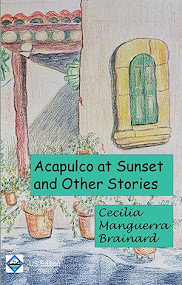



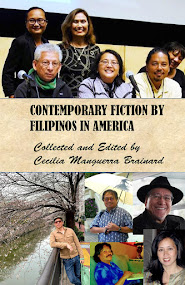
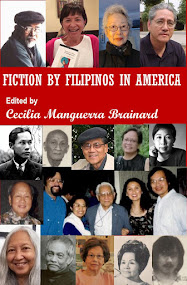



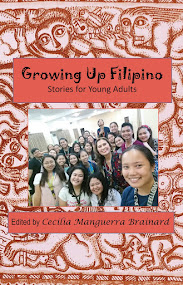
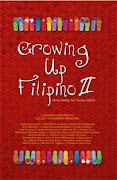


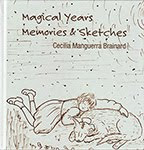


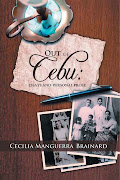

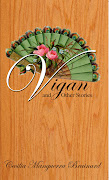

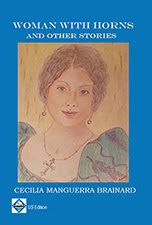

No comments:
Post a Comment